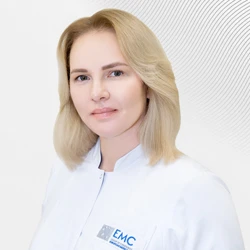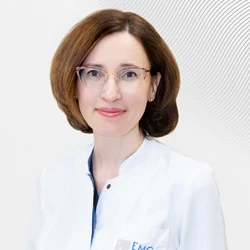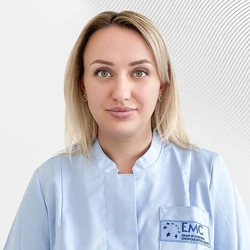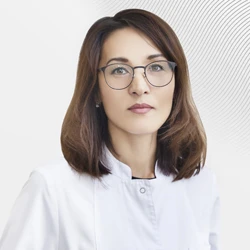With the normal development of the visual system, a person sees an object with both eyes. This ability is called binocular vision (from Latin bini — "two" and oculus — "eye"). When two eyes work together, you get a clear, unified image with a stereoscopic effect (3D vision). For normal vision, it is very important that such a high-quality image appears without additional effort.
When two eyes work together, and the images from each of these eyes effortlessly combine into a single image, and one clear and three–dimensional image is obtained at any eye position - this is normal binocular vision. If the two eyes do not work together, we are talking about binocular vision disorders, which can occur for various reasons. With weak muscle coordination and impaired muscle strength, a so-called motor disorder occurs. If the images from each eye are not completely synchronized in the brain into a single image, a sensory disorder occurs. In addition, there are combinations of these two disorders.
Orthoptics is a part of ophthalmology that studies the mechanisms of two eyes working together and the levels of binocularity. Sometimes orthoptic treatment can be called visual treatment.
If there are any deviations in binocular vision, it is necessary to conduct special in-depth studies of the eyes and vision using orthopedic devices. As a rule, binocular vision problems are treated and corrected using a set of measures, including orthoptic treatment, the use of special (therapeutic) glasses, contact lenses or prisms in glasses, and, if necessary, surgical treatment or botulinum toxin injections.
In children, binocular vision is formed starting at the age of three with minor temporary deviations. Therefore, the standard eye and vision examination at this age also includes checking binocular vision. When certain abnormalities are detected, an ophthalmologist specializing in binocular vision conducts research testing the motor and sensory components of binocular vision. This includes the "cover-up" test, dissociation, fixation tests, spontaneous and reflex convergence tests, and others. In the presence of strabismus, the sensory part of binocular vision is additionally examined.
When vision in one eye (less often in both) does not develop properly in the absence of organic lesions, amblyopia ("lazy eye") develops. The most common cause of this pathology is the difference in visual acuity between the eyes, which was not corrected at a young age. Strabismus also leads to amblyopia (sometimes, on the contrary, amblyopia leads to strabismus, but at an older age). Strabismus and amblyopia are observed in 3-4% of the total population, even in developed countries. This is due to the late diagnosis of binocular vision disorders. Regular checking of the child's eyesight on time allows you to detect the problem in a timely manner, make the correct diagnosis, prescribe effective treatment and avoid serious vision problems in the future.
Experienced ophthalmologists at the EMC Children's Clinic have at their disposal the necessary modern equipment for high-quality diagnosis and treatment. The latest hardware and computer programs are used for orthoptic treatment, which make it possible to achieve high performance – complete elimination of the problem of imperfect binocular vision in 90-95% of patients.
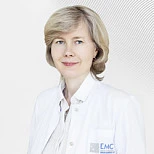







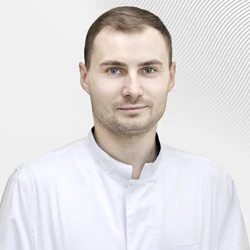
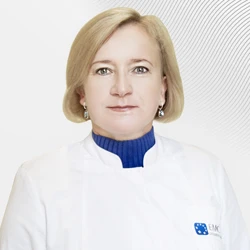
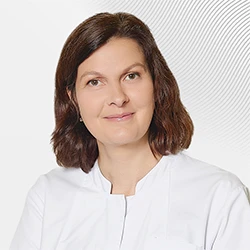
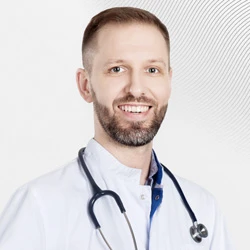
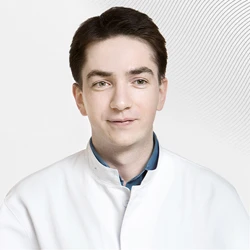
.webp)
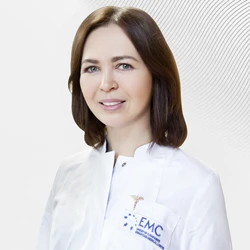
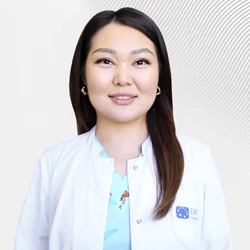
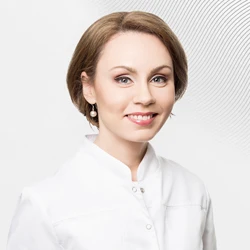

.webp)
